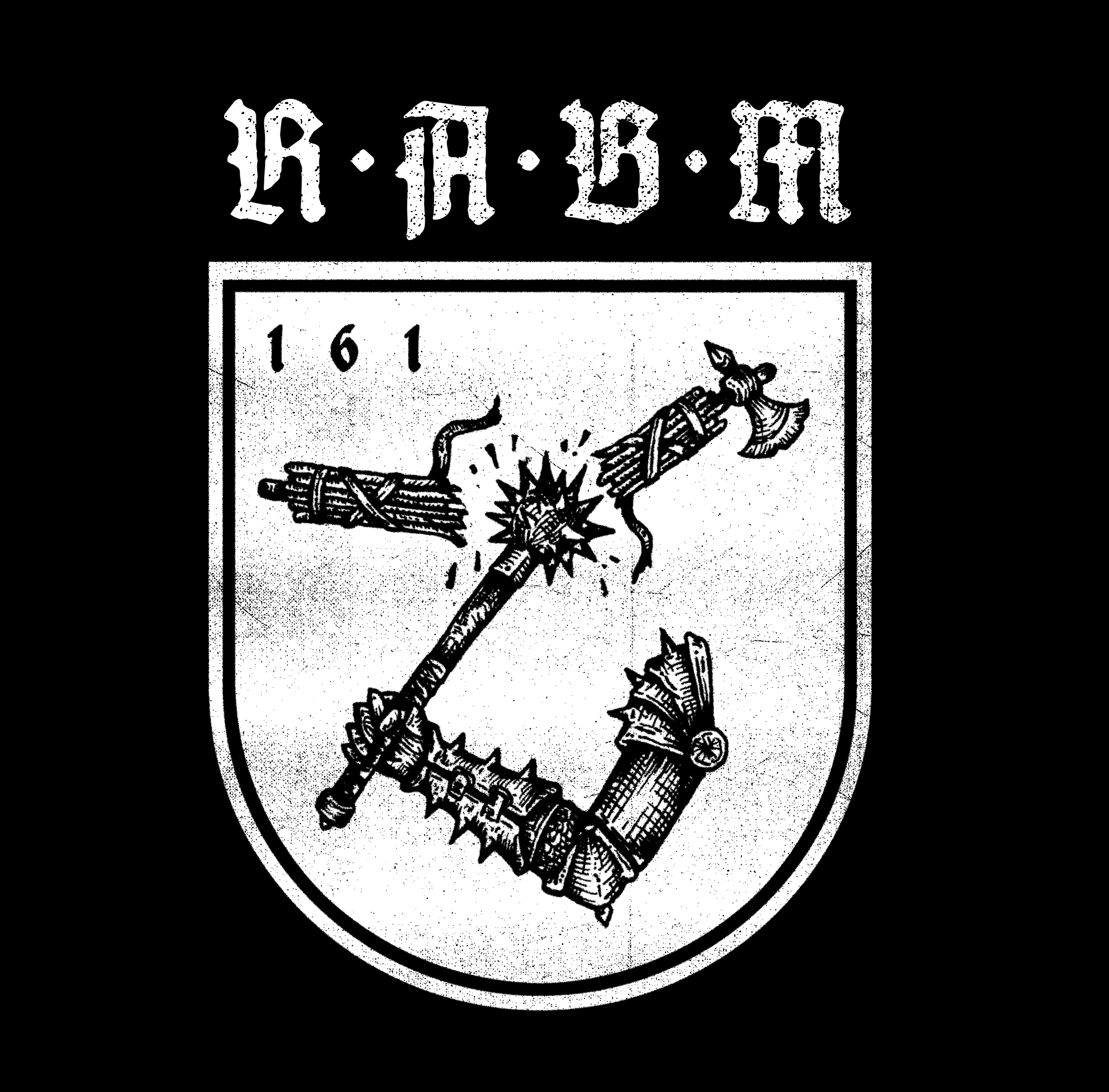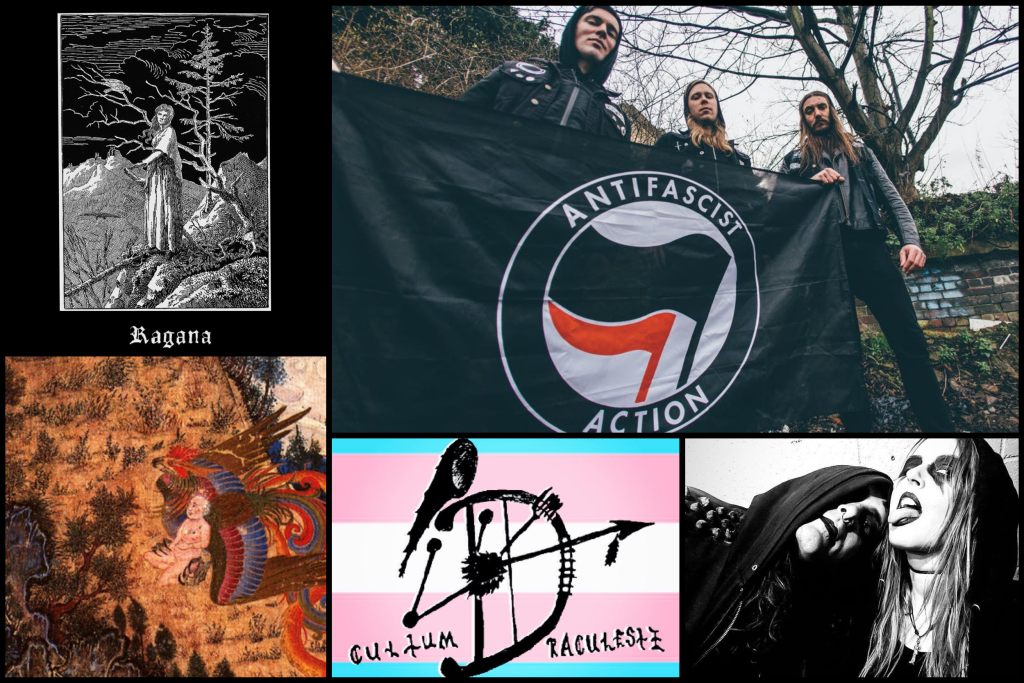Since its incendiary and tumultuous second-wave in the ‘90s, black metal has been a subgenre doused in controversy and infamy. From arson to cold-blooded murder, it’s a genre with a history of violence, and if anything it has revelled in this reputation. It is after all true that its dark aesthetic adds something to the malevolent aura of the music itself. The occult imagery, satanic references and wonderfully over-the-top fashion (corpse paint et al) are all part of what makes the genre so grimly appealing, and there’s nothing intrinsically wrong with some commitment to playing the sinister part. But this makes black metal a fascinating case study for just how far to take an aesthetic, because as any anonymous TRVE KVLT social media user will attest, for many the perception seems to be that black metal is supposed to be shocking and offensive to the point that it is literally evil, and nothing says villain like living in your mum’s basement tweeting racial slurs and defending nazis, apparently.


